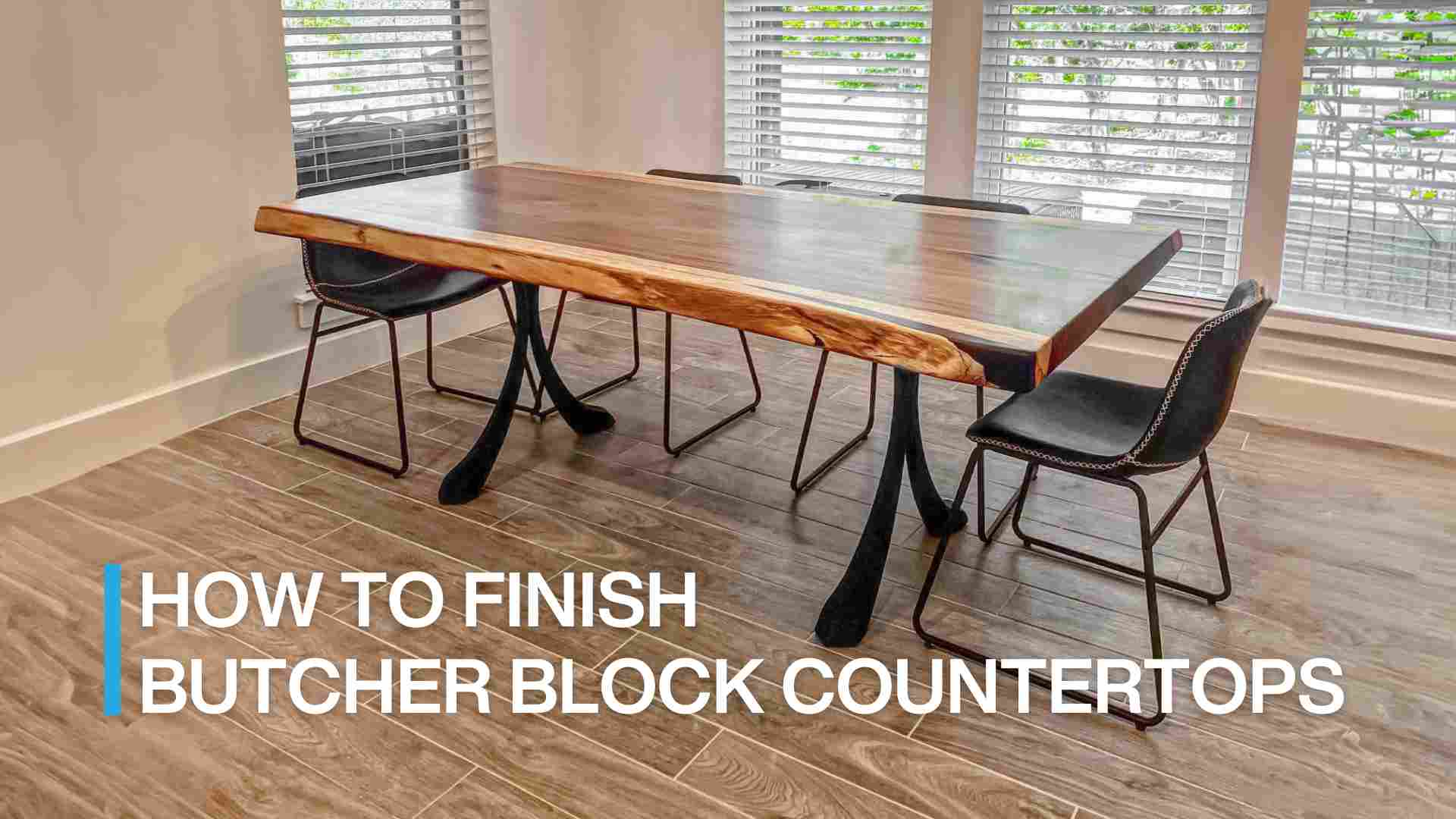[Useful Tips] Identification Antique Furniture Leg Styles: Ultimate Guide
Antique furniture has a timeless attraction that still fascinates people today. The meticulous craftsmanship exhibited in antique furniture pieces reflects the talents and ingenuity of craftsmen. The legs' design is a fundamental aspect that shows off antique furniture. Knowing how to identify antique tables is important for aesthetic purposes. This guide will discuss the primary leg styles present in vintage furniture and provide tips for recognizing them.
Understanding the Significance of Furniture Legs
In antique furniture design, furniture legs are necessary. Both functional and aesthetic aspects are addressed by them. By providing support and improving the aesthetic appeal, furniture legs contribute to the overall design. In addition, the type of legs used can contribute to the genuineness and appraisal of vintage furniture.
Identifying Common Antique Furniture Leg Styles
A. Cabriole Legs:
Cabriole legs are a piece of furniture shaped in two curves and they were popular in Europe( *). These elegant table styles are also used in Chinese due to their outstanding and timeless touch. These types of legs are still popular nowadays because they’re quite sturdy and easily matched to any interior decor.

B. Straight Legs:
Straight legs are the modest leg design that can be found in multiple forms of furniture. American furniture designs frequently feature these legs due to their timeless and easily-mixed designs.
C. Tapered Legs:
The leg style of tapered legs is commonly observed in antique furniture pieces, featuring a sleek and gradual narrowing. They became popular during the Mid-Century Modern period, these legs were also found in the Arts and Crafts and Art Deco movements. Tapered legs designs can demonstrate the shifting s and trends of various time periods. Moreover, tapered legs are often used in artistitic interior decor due to their elegance.

D. Turned Legs:
A common leg style found in antique furniture is turned legs. Spiral or fluted designs are achieved by turning a piece of wood on a lathe in order to form these legs. The fascination with turned legs originated in Colonial, with different time frames showcasing their own interpretations of this leg design.

E. Claw and Ball Feet:
The base of antique furniture legs commonly includes claw and ball feet, adding a decorative touch. The way claw and ball feet are interpreted can differ based on the style of the period, with certain designs featuring a more minimalist approach.

Claw and ball feet are often used due to its timeless touch in their interior decor -Credit: Pinterest
Identifying Other Leg Styles and Details
There are many styles and types of antique table legs. Antique furniture pieces often feature different types of leg designs like spindle legs, saber legs, bun feet, and others. In addition, searching decorative features such as fluting, and carving can offer valuable information about the style and period of the item.

Resources and Techniques for Identification:
You need to identify antique table legs by searching and examining the construction and materials of the piece. The examination of furniture joinery, construction techniques, and materials can bring important insights for you into its authenticity and age.


Comments
Post a Comment